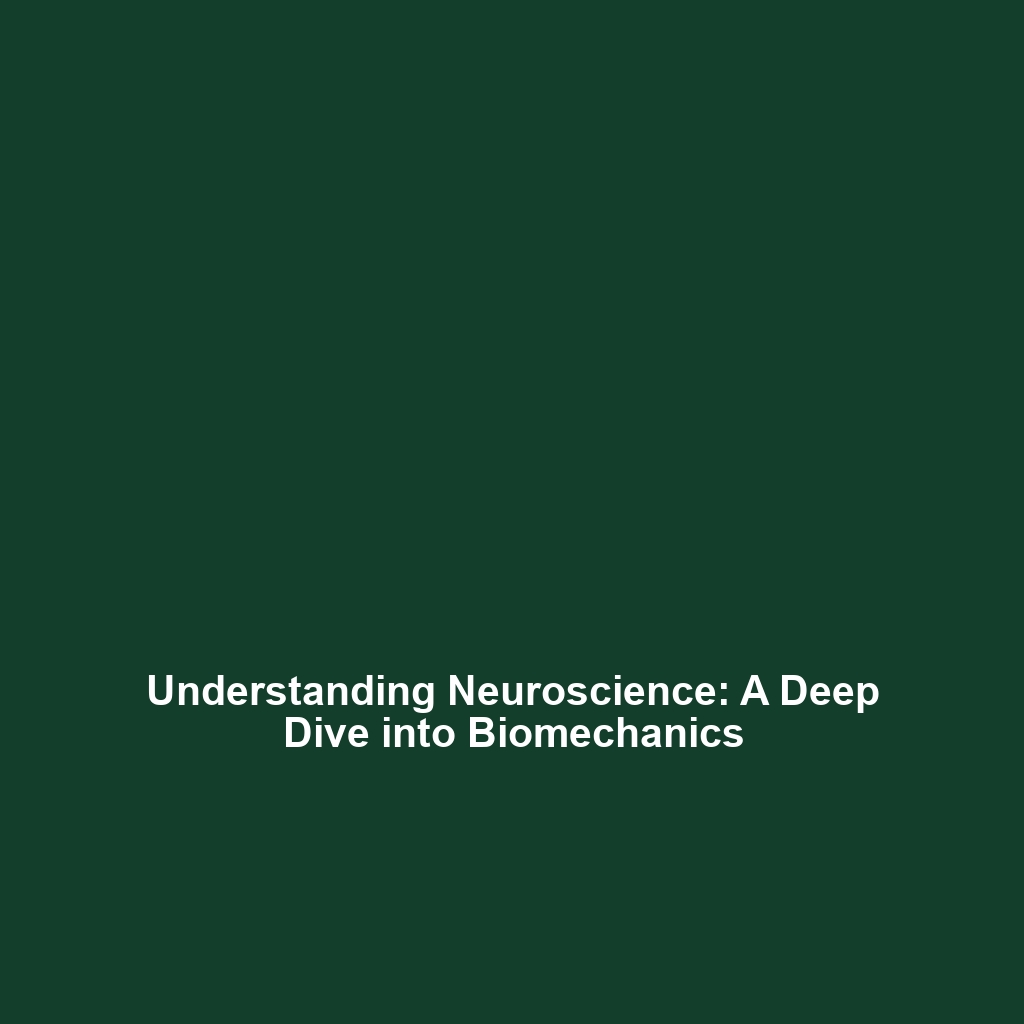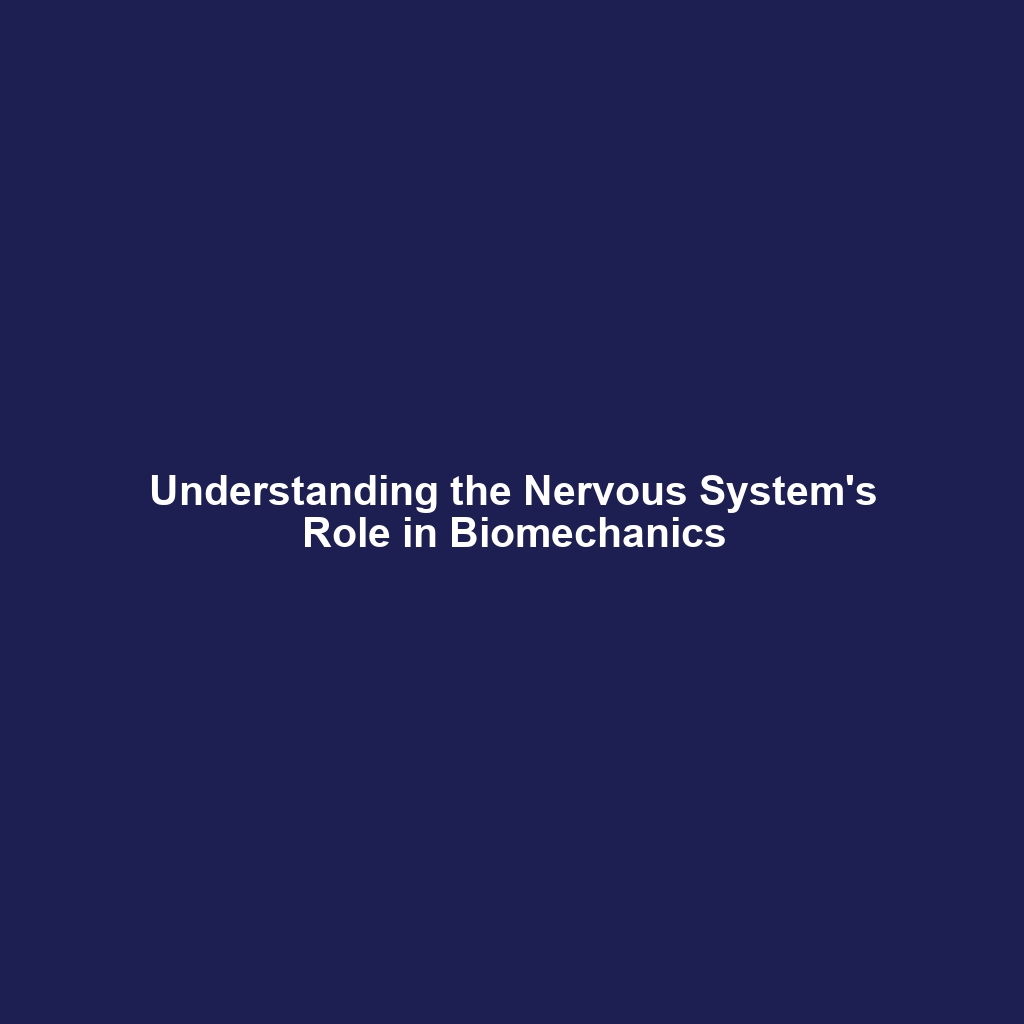CRISPR Gene Editing: Targeting Viral Genomes Like HIV, Hepatitis, and Influenza
Introduction
CRISPR technology has revolutionized the field of genetic engineering, offering unprecedented potential to edit genes with high precision. Among its myriad applications, one area of significant interest is the ability of CRISPR to target viral genomes, such as those of HIV, hepatitis, and influenza. This capability not only holds promise for curing chronic viral infections but also for enhancing our understanding of viral dynamics within hosts. As researchers delve into this innovative frontier of CRISPR Gene Editing, the implications for medicine and virology remain profound.
Key Concepts
Understanding CRISPR Technology
CRISPR, short for Clustered Regularly Interspaced Short Palindromic Repeats, is a natural defense mechanism found in bacteria. This technology allows scientists to edit portions of the genome by utilizing guide RNA that directs the Cas9 protein to specific DNA sequences.
Targeting Viral Genomes
Targeting viral genomes involves the use of CRISPR’s components to identify and cleave the DNA or RNA of viruses. This process aims to disrupt the replication cycles of viruses such as HIV, hepatitis, and influenza, thereby limiting their pathogenic effects on human health. The strides made in leveraging CRISPR for viral genome targeting play a critical role in advancing CRISPR Gene Editing applications.
Applications and Real-World Uses
The applications of CRISPR’s potential to target viral genomes are burgeoning. Some significant uses include:
- HIV Treatment: Researchers are exploring CRISPR-Cas9 to excise HIV from infected cells, potentially leading to functional cures.
- Hepatitis C Therapy: CRISPR technology is being tested to target and deactivate the hepatitis C virus, thereby offering new hope for patients.
- Influenza Innovation: Modifying the viral genome of influenza can lead to safer and more effective vaccine development.
These examples illustrate how CRISPR is used in gene editing to combat viral infections, providing a glimpse into its transformative potential in the field of medicine.
Current Challenges
Despite the promising applications, several challenges and limitations remain in utilizing CRISPR for viral genome targeting:
- Ensuring specificity to avoid off-target effects.
- Addressing the delivery mechanisms to effectively reach viral reservoirs in the body.
- Overcoming ethical and regulatory hurdles related to genetic modifications in humans.
These challenges of targeting viral genomes emphasize the need for ongoing research and refined methodologies within the broader context of CRISPR Gene Editing.
Future Research and Innovations
Looking ahead, the potential for next-gen technologies using CRISPR to target viral genomes is immense. Breakthroughs in base editing and prime editing may pave the way for more accurate viral interventions. Additionally, the development of engineered CRISPR systems could enhance targeting capabilities while minimizing unintended consequences. Ongoing research efforts are focusing on improving delivery systems and refining guide RNA libraries to increase the efficiency of targeting specific viral genomes.
Conclusion
In summary, CRISPR’s potential to target viral genomes like HIV, hepatitis, and influenza highlights its transformative role in the field of genetic editing. As we continue to explore this groundbreaking technology, the medical community stands on the precipice of monumental advancements in treating viral infections. For those interested in the evolution of CRISPR Gene Editing and its applications, further exploration of related topics can provide additional insights into this exciting frontier.









